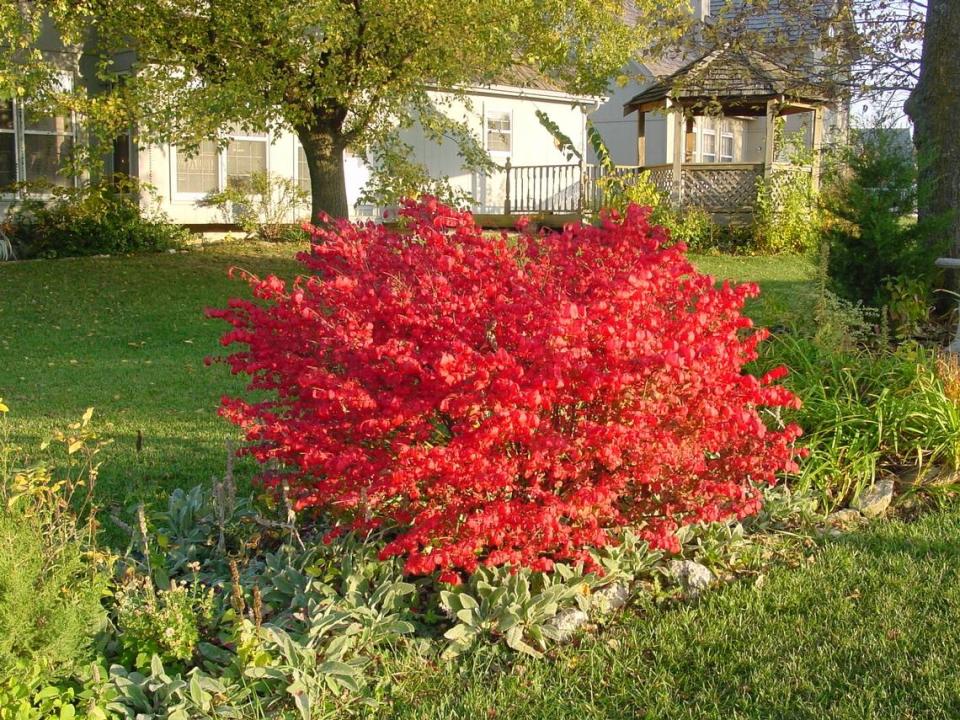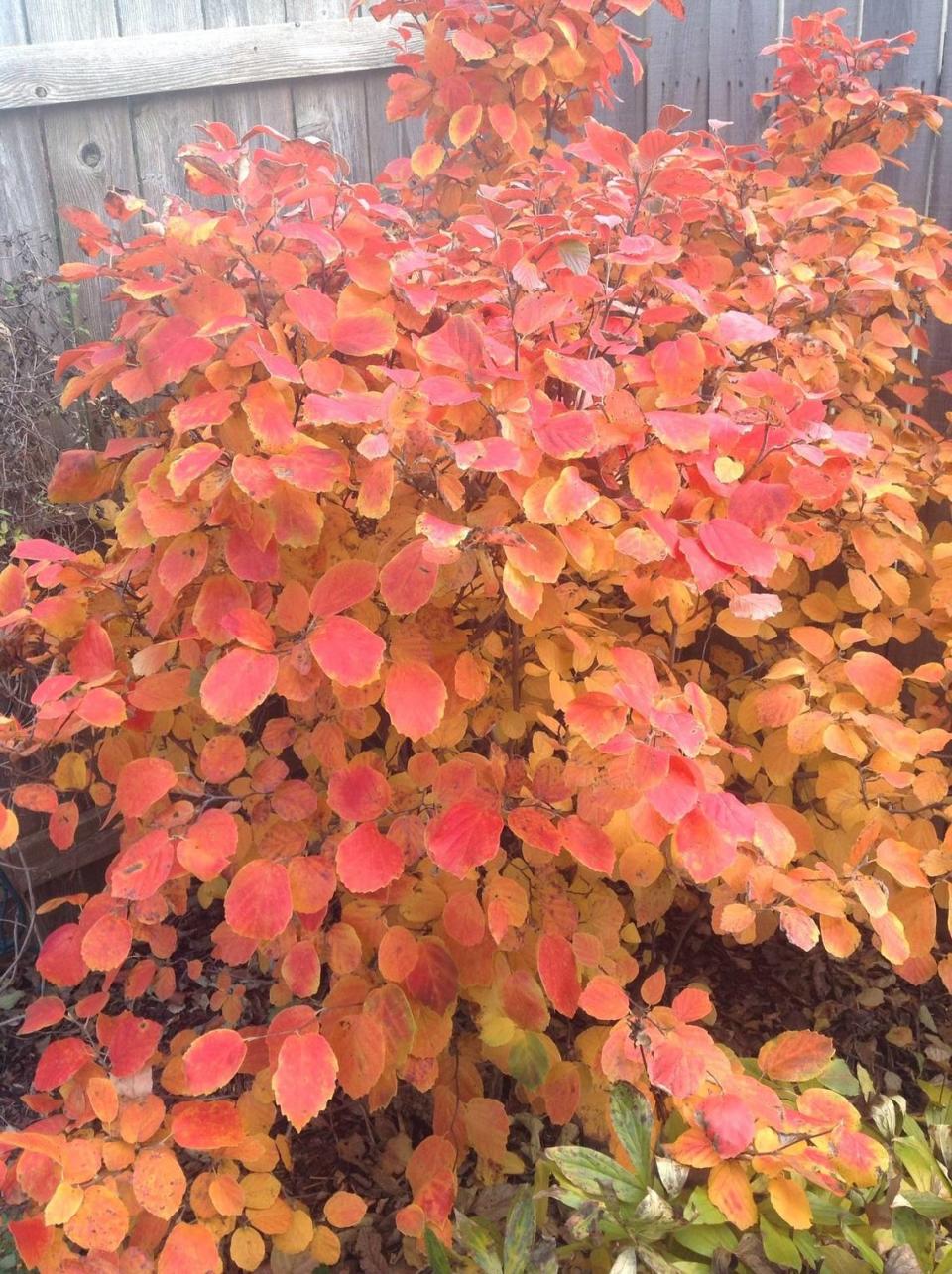Will Kansas City fall foliage put on a good show? Our hot, dry summer might be a clue
As fall’s cooler temperatures arrive, the tree leaves begin to show hints of changes. Will this be a season filled with stunning color? We will have to wait and see if the colors will be a hit or a miss.
Many factors can influence the annual transformation of the leaves.
At this point, the hot and dry summer has not been helpful in forming good fall colors. Trees under drought stress tend to have sparse leaves that are sunburned and tattered, making them less likely to develop good fall color.
Chlorophyll in the leaves produces natural sugars required for plant growth and gives leaves their green appearance. All trees contain chlorophyll, but whether a tree possesses other pigments — carotenoids or anthocyanins — depends on plant genetics.
Carotenoids are responsible for the yellow and orange pigments in the changing leaves. These brilliant colors reveal themselves when chlorophyll production stops in the fall.
Anthocyanin pigments result in the development of purple and red fall colors. These pigments form and display beautiful colors when those sugars become trapped in the leaf.

Longer nights combined with cooler temperatures result in two changes in the leaf: chlorophyll production stops, and an abscission layer develops. This layer seals off the nutrient flow from the leaf to the branch, traps sugars, and causes the leaf to drop.
This natural process is impaired by cloudy, rainy days and rapid temperature changes. Freezing conditions halt the process, resulting in a lack of pigment development and an improperly formed abscission layer. If this layer does not form, the leaves wither without falling and hang on the trees long into winter with a dull, brown color. This phenomenon is referred to as a marcescent autumn.
Environmental conditions determine fall color. As already mentioned, not just during fall but all summer long. The best fall color begins during the spring and summer months with the necessary rainfall. Late summer and fall rains are accompanied by cloudy weather, which reduces pigment development. Drought stress also reduces color development. When accompanied by ample summer moisture, cool temperatures and bright sunny days in September and October are the ideal combinations for stunning fall colors.
Environmental conditions are one part of the equation. The other factor is genetics or tree species. The Kansas City area is not known for native species that develop anthocyanins. Native species like elm, oak, hickory, hackberry, redbud and sycamore found in our woodlands genetically produce more carotenoids. This results in shades of yellow. A few native species like sugar maple, sumac, vining Virginia creeper and poison ivy tend to develop shades of purple and red.

Introduced non-native species are striking in the landscape since they produce more anthocyanins, resulting in those desired purples and reds. These species include red maple, sweetgum and black gum. Many shrubs such as burning bushes, viburnums, spirea, and fothergilla are planted specifically for their fall color.
Predicting peak fall color in Kansas City is challenging as variable weather patterns significantly affect timing. Typically, color develops in the third or fourth week of October and continues into early November. In recent years, fall color tends to be later with the changing climate. Only time will tell if the trees will be an impressive show or a bust this year.
Dennis Patton is a horticulture agent with Kansas State University Research and Extension. Need help? Contact the Johnson County Extension gardening hotline at 913-715-7050 or email garden.help@jocogov.org.

